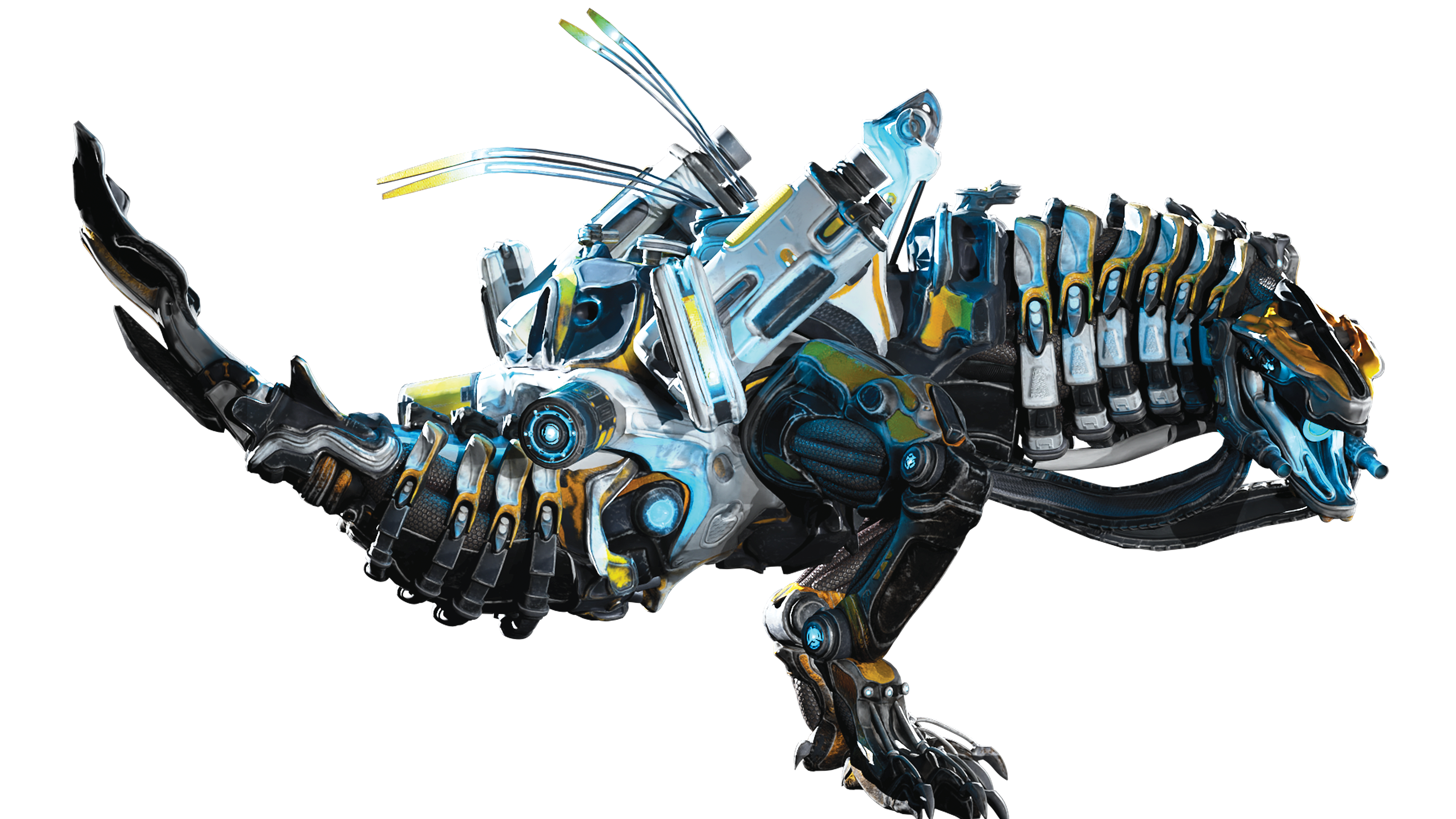5 rebranding hurdles designers face today
It's not easy being a designer in 2018. We discover how to rebrand visual identities in the social media age.
Rethinking, repositioning and redesigning brands is a staple task for many design studios. Although startup organisations will always be a blank canvas by definition, it’s fairly rare for an agency to develop a totally new identity system for a client.
Of course, rebranding – and branding in general – are much more complex than many realise – neither is as simple as just coming up with the best logo possible or creating an outstanding print ad, although a whole host of armchair critics are usually ready and waiting to tear apart both.
If that wasn't hard enough, rebranding poses a unique set of challenges compared to branding from scratch. This is because there is creative baggage attached – and that baggage was often the work of another agency. That challenge comes with the territory, but there are (at least) five more challenges more specific to our modern age. Read on to discover how top designers navigate these challenges...
01. The current climate
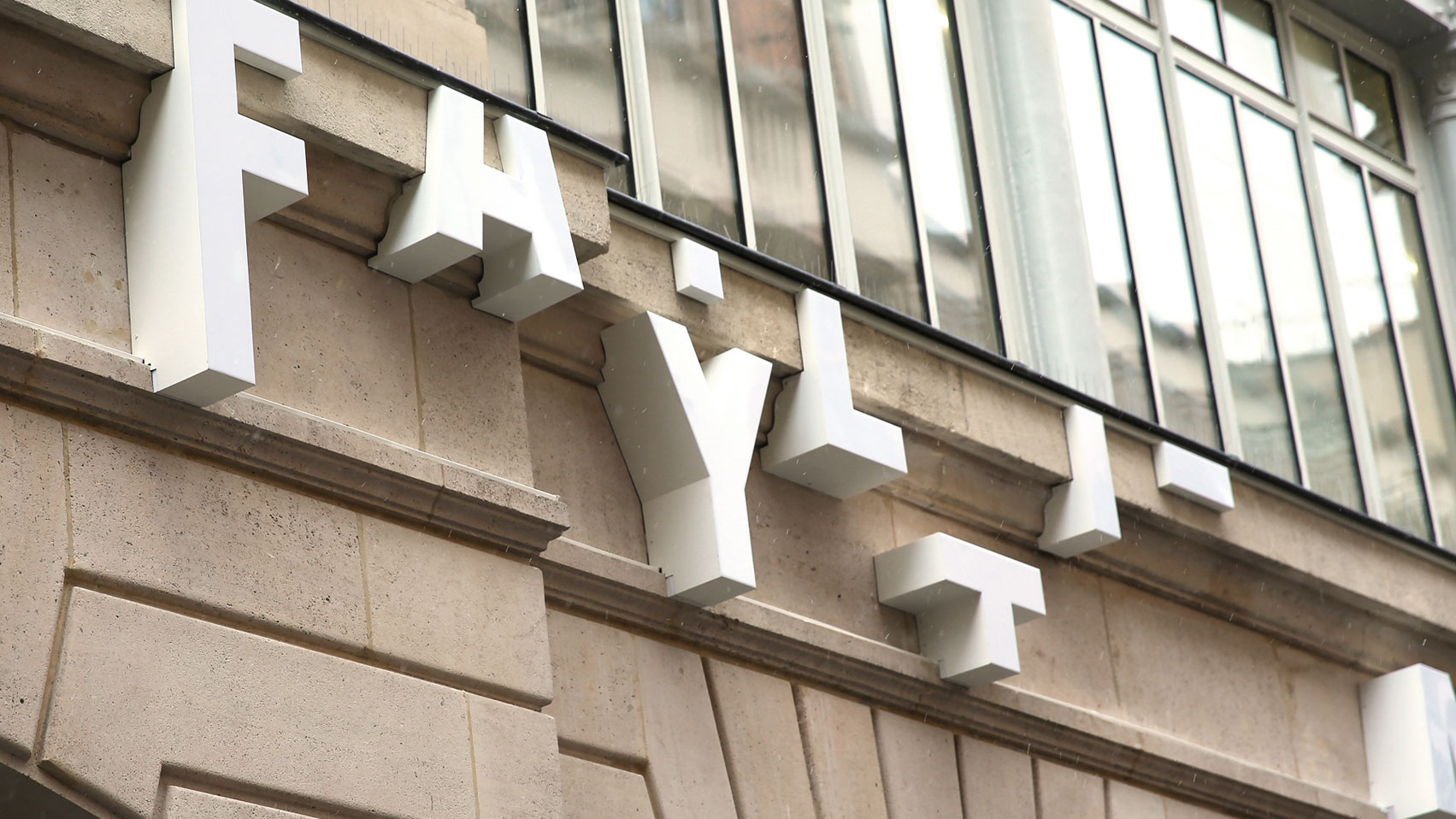
According to Chris Moody, chief creative officer at Wolff Olins, the biggest challenge of rebranding in 2018 isn't creative: it's the wider global climate. “Politically, socially, and technologically we are in times of massive change, and as a result there is a great deal of nervousness and trepidation,” he points out.
“There's also lot of noise and bluster, so to a degree the biggest challenge is managing 'volume'. There's the literal volume of people in the room – clients and numbers of agencies involved in projects has never been larger – but also dealing with the increasing volume of feedback and rounds of design iteration,” he continues. “Crafting a distinct, singular brand voice has never been more necessary, but it has also never been more tricky to pull off.”
02. Social media critics
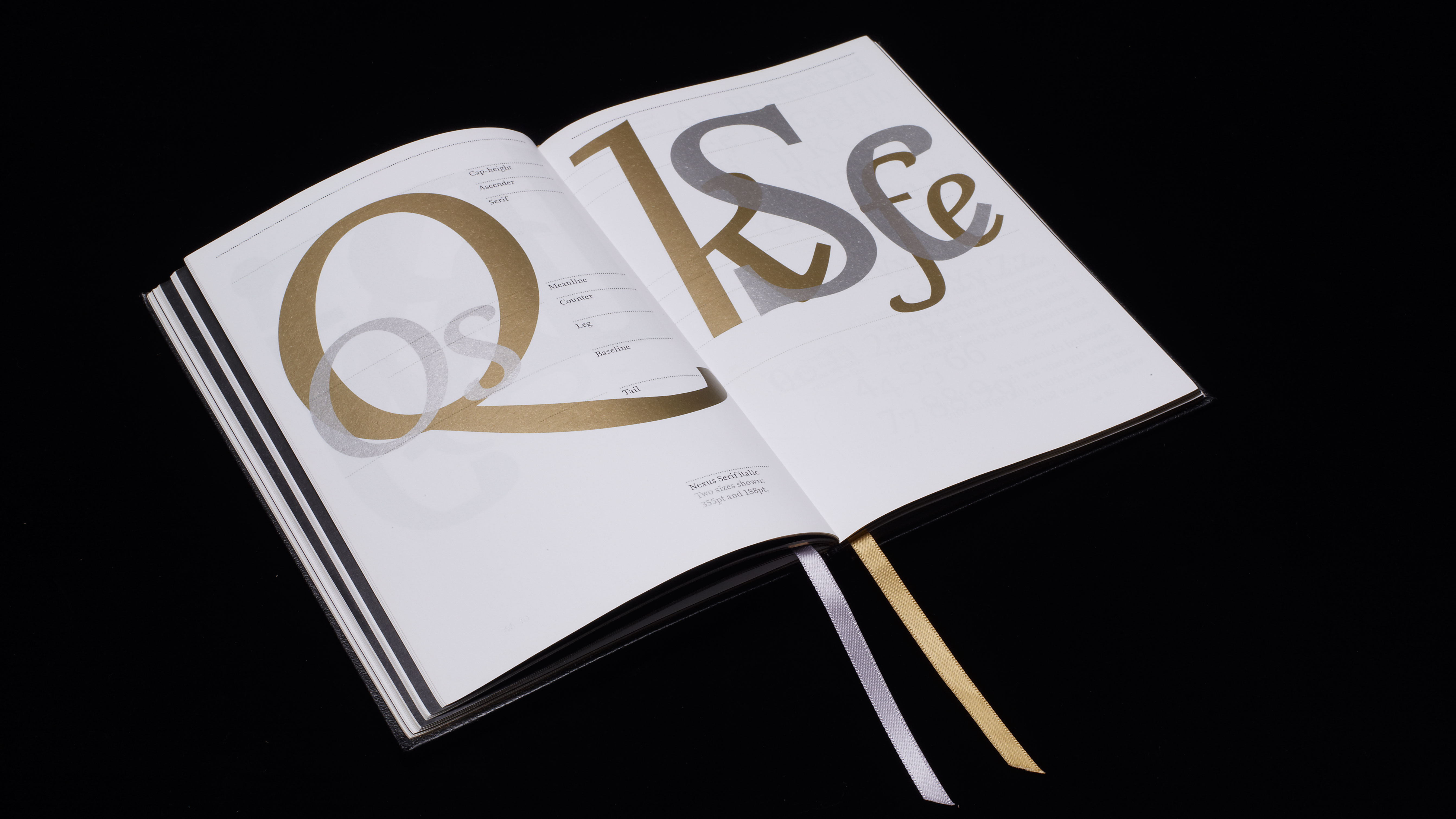
Arguably the most recent challenge to hit rebranding is the often alarming speed with which a rebrand is met with public scrutiny, often before the more nuanced aspects of the scheme – the “whole brand experience”, as Moody puts it – are revealed.
Rarely is a new brand identity about looking nice. Identities are about doing a job, and they have a strategic purpose to exist.
Sean Perkins, North
“For some reason, everyone is now an expert and a critic, without in reality being either,” laments Sean Perkins, partner and director at North. Perkins points out that major changes to any organisation's identity system are expensive and can be risky, adding that all of North's rebrand projects stem from a legitimate strategic business need. But that public scrutiny all-too-often focuses on the logo design: “In their reveal, they can be immediately criticised or commented on for entirely the wrong reasons,” he says.
Get the Creative Bloq Newsletter
Daily design news, reviews, how-tos and more, as picked by the editors.
“Rarely is a new brand identity about looking nice. Identities are about doing a job, and they have a strategic purpose to exist. On social media, people are quick to point a finger, like or dislike,” he continues. “Personally I don't care: most of the comments are ill-informed and naive. But their commentary causes concern for clients: no business wants controversy over a new identity, especially after spending significant amounts of money in implementation.
03. Meeting clients' expectations
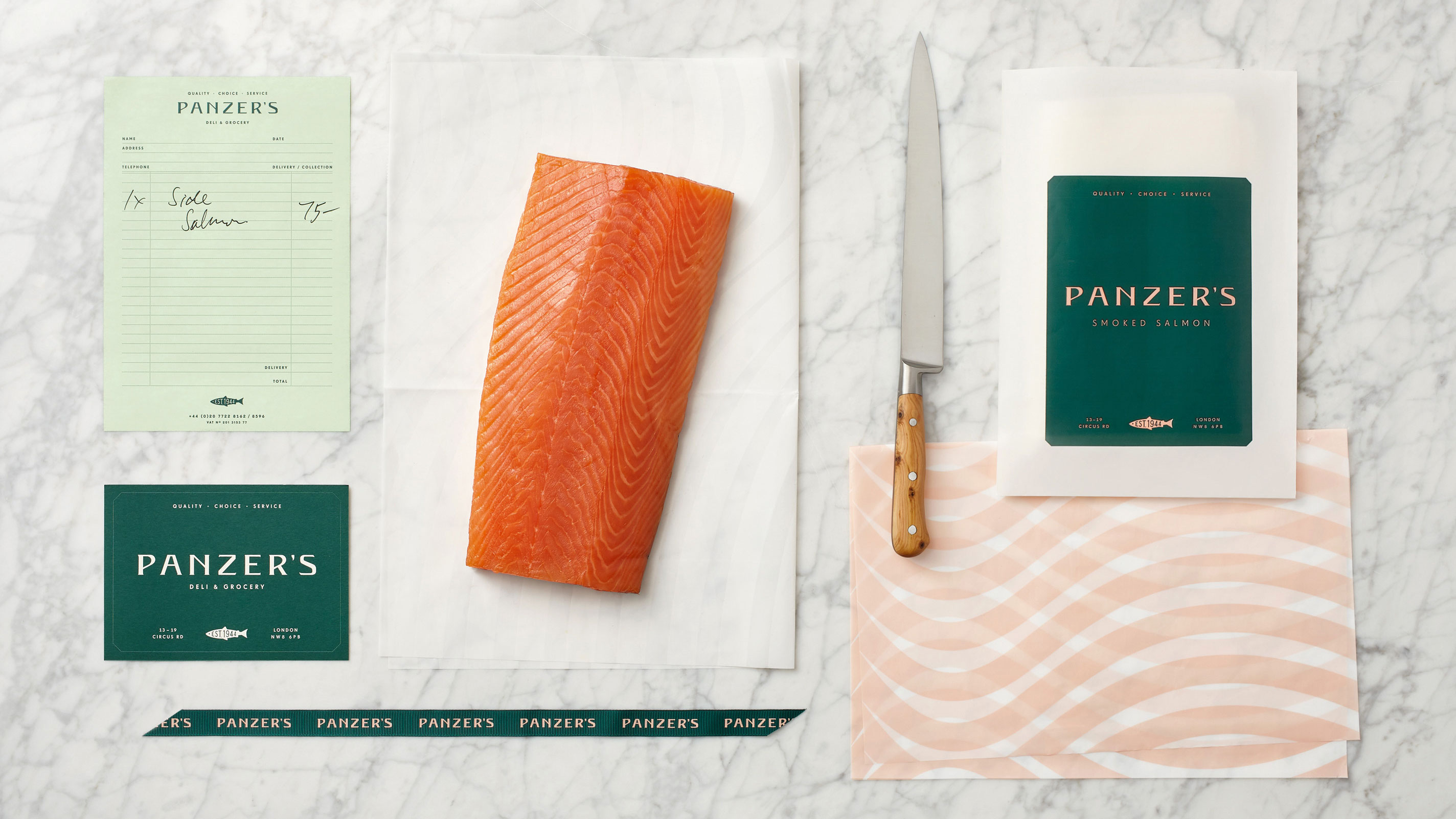
The above social media issue means clients in general become more cautious, says Perkins, as well as wary of making changes in the future. "They become less brave. Our industry’s reputation is damaged by the vocal infighting around taste and style, and potentially smaller design agencies’ reputations would struggle to survive significant controversy.”
“The biggest challenge is, as it always has been, to deliver and meet the expectations of the clients, no matter how high, or how realistic those expectations are,” agrees Kate Marlow, creative partner at Here Design. “The specific design challenges themselves haven’t necessarily changed, but in most cases the budgets are leaner and the timelines shorter.”
04. Designing across platforms
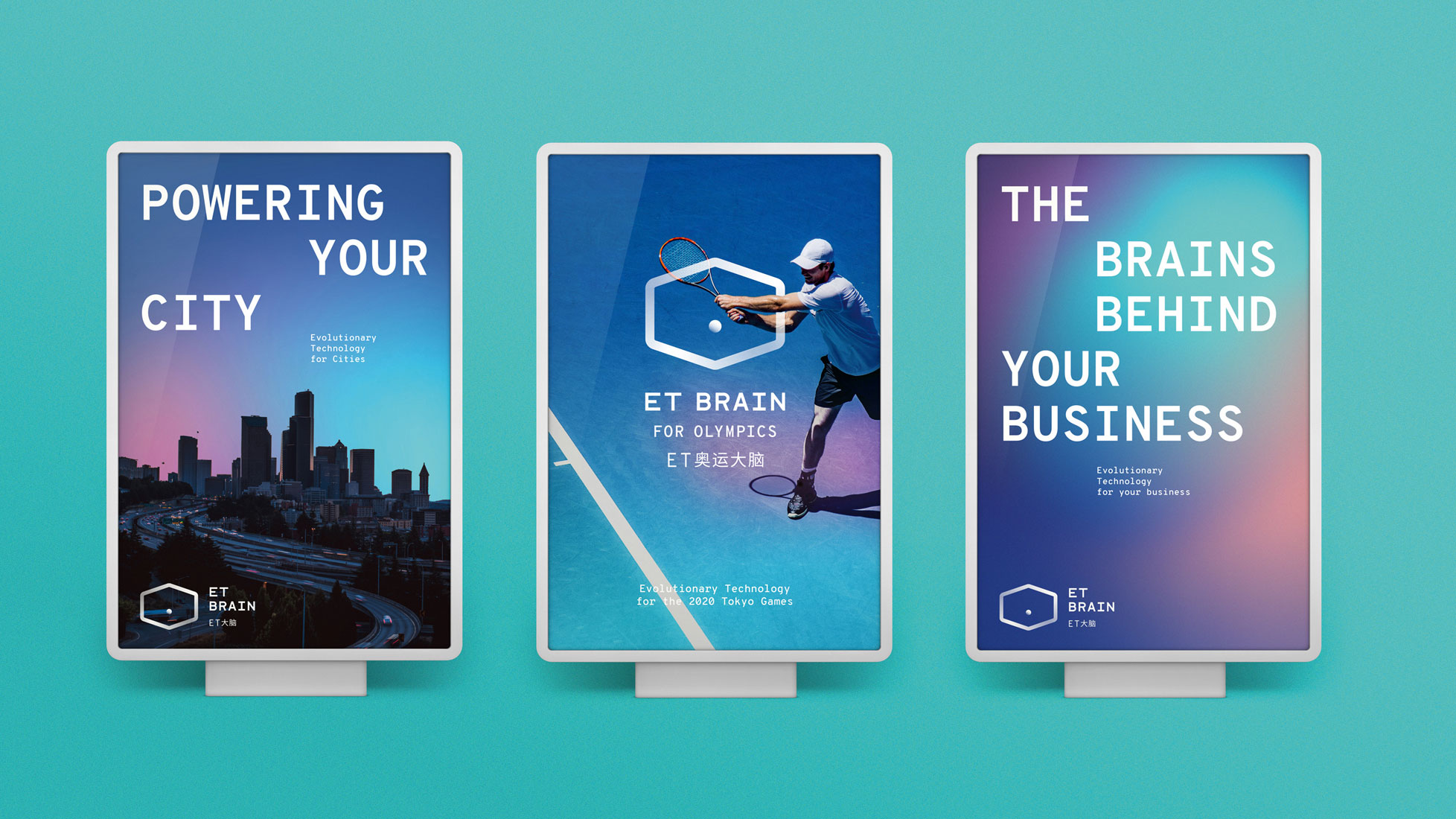
Moody believes we're on the cusp of a third era of branding design. “The designer's palette now includes motion, haptic, texture and voice as standard,” he reels off. “At Wolff Olins, we have started to define this third wave – after corporate identity, and brand identity – as ‘intelligent identity'.
“If you're a designer working in brand, it's your imperative to steal some of the perceived authority from product teams, service designers and, most of all, engineers,” he continues. “It's our responsibility to set the agenda for the whole brand experience, and to be the ones inventing and curating the definitive interactions we have with a brand.”
Like Moody, Marlow is excited about the diverse multi-platform opportunities that are available to agencies in 2018. “More so now than ever, brands recognise that they need to be seen across all platforms: we call it their brand world,” she says.
“That can span everything from packaging, to print, to environments, to social media and beyond,” she continues. “It’s a lively period, where our role as designers is to be constantly thinking beyond convention, and to be originators of ideas.”
05. Challenger brands
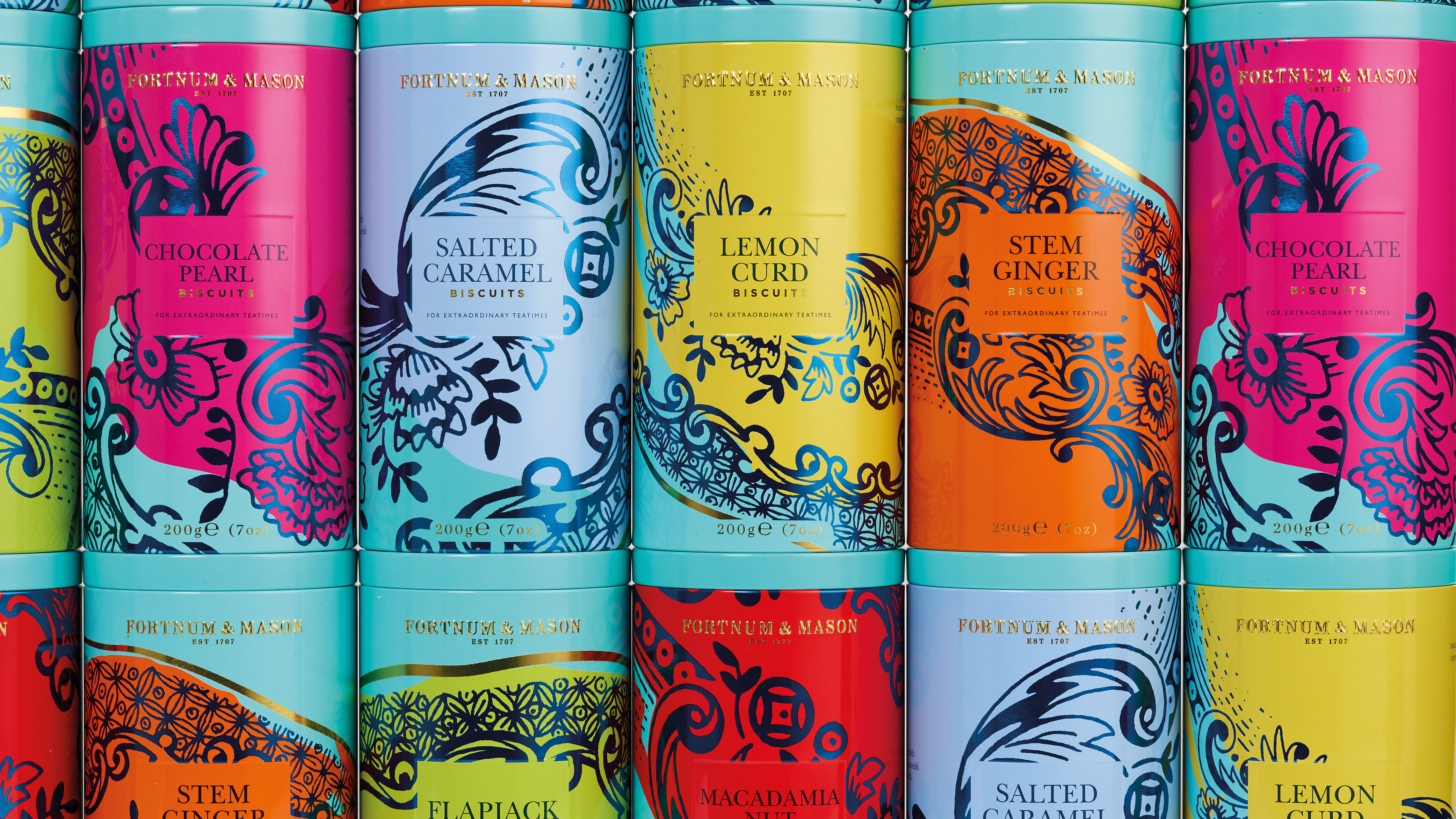
Chloe Templeman, creative director at Design Bridge, identifies that an influx of new, challenger brands – in the food and drink sector in particular – are now posing an additional challenge when it comes to rebranding more established clients.
“Branding for these start-ups tends to focus on design individuality, with ‘uniqueness’ and ‘newness’ as design cues,” she explains. “So many claim to be small-batch, natural and sustainable, or fit within the ‘clean eating’ trend. There’s a lot more choice for consumers than in the past.”
Templeman points out that more-established brands often feel like they’re falling behind their newer, younger counterparts. “However, their strength lies in the fact that they’re trusted and stable, which is important in this economic climate,” she continues. “This is where using design to celebrate the brand’s story and journey can be very powerful, reminding people of the connection they already have with them.”
Sometimes, of course, a rebrand is necessary to help reverse ill fortune for a brand. “I love working on a brand that has lost its way a bit,” enthuses Templeman. “You can go back in time, understand its sometimes forgotten past, and then bring it back to life again, in a way that resonates today.”
This article was originally published in Computer Arts, the world's best-selling design magazine. Buy issue 279 or subscribe.
Related articles:

Thank you for reading 5 articles this month* Join now for unlimited access
Enjoy your first month for just £1 / $1 / €1
*Read 5 free articles per month without a subscription

Join now for unlimited access
Try first month for just £1 / $1 / €1

Nick has worked with world-class agencies including Wolff Olins, Taxi Studio and Vault49 on brand storytelling, tone of voice and verbal strategy for global brands such as Virgin, TikTok, and Bite Back 2030. Nick launched the Brand Impact Awards in 2013 while editor of Computer Arts, and remains chair of judges. He's written for Creative Bloq on design and branding matters since the site's launch.
